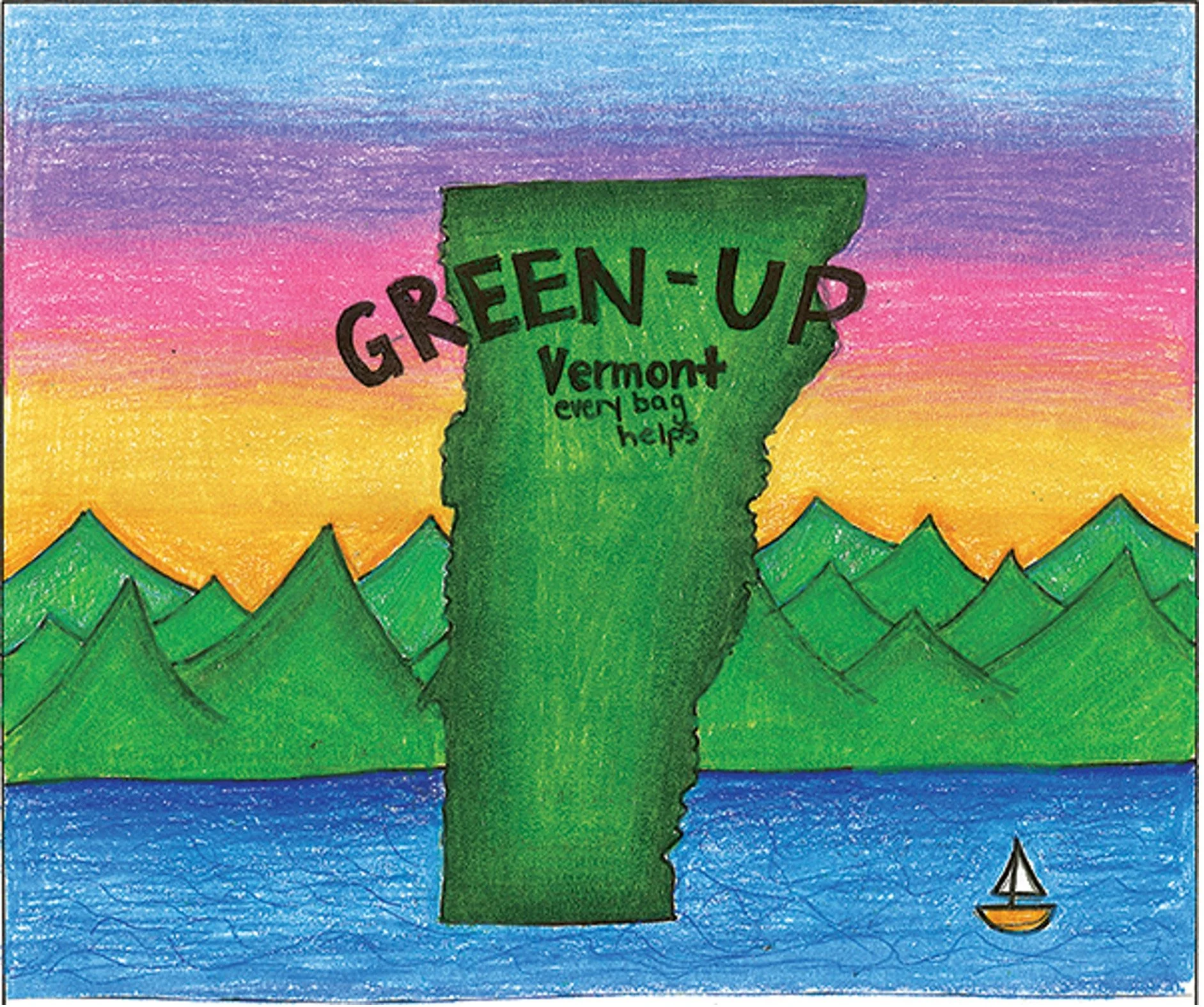The University of Vermont (UVM) is regarded by many as an eco-friendly university. Every undergraduate student is required to take a course relating to environmental sustainability and the Princeton Review ranked UVM within the top 5 green colleges in the nation four consecutive years from 2017 to 2020. While the university might be making an impact on its campus, the state of Vermont still struggles with sustainable transportation. Transportation is estimated to account for 40% of the state’s greenhouse gas emissions, making up the largest share of any sector, according to the Vermont Agency of Transportation. As Vermont looks forward, electric vehicles (EVs) will undoubtedly play a large role in the state’s effort to minimize its carbon footprint, but if the energy used to power these vehicles is still being generated through burning fossil fuels, EVs are still resulting in emissions down the line.
Amy Seidl, Co-Director and Senior Lecturer of the Environmental Program at UVM, has been using renewable energy collected from her roof-top solar to work around this issue. Living in a house off-the-grid has allowed her and her family to charge their one fully electric and their one hybrid vehicle directly using the electrons that their solar panels capture for almost 8 months out of the year.









